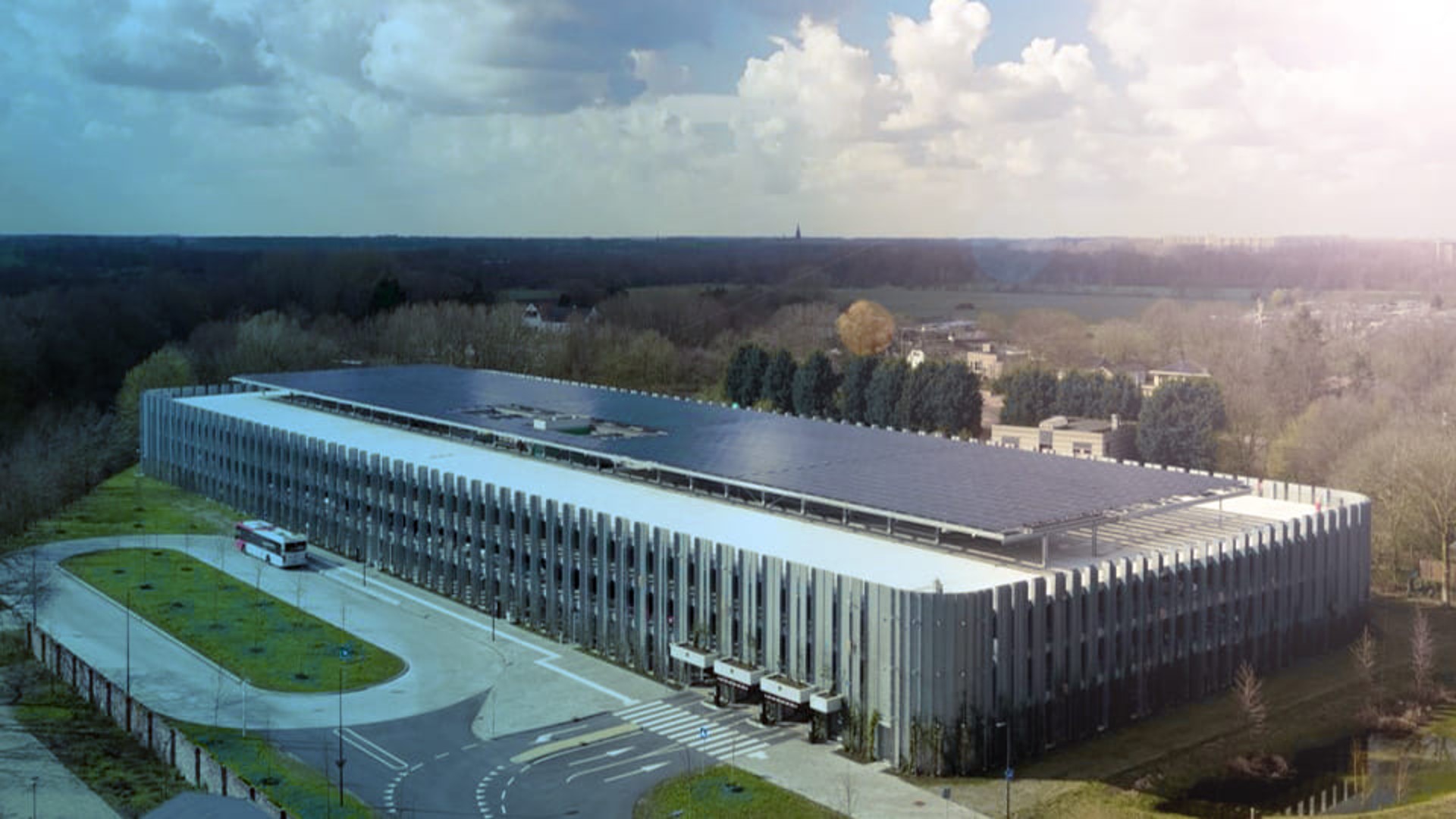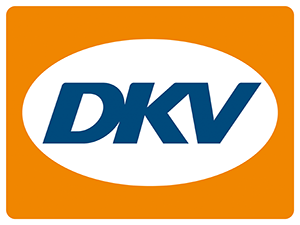Connecting renewables, storage, and smart energy management

(Photo: Photo: Bureau Bouwkunde)
The smart energy solution of GreenFLux at the park-and-ride Transferium Deuterstraat (Netherlands) is one of the most innovative projects featured by the Global Power & Energy Elites 2022. The solution s part of the Dutch use case of the EU CONNECT project on new power conversion technologies for connecting buildings to the grid. The cloud-based smart energy management platform acts as the ‘brain’ behind the ecosystem at Transferium park-and-ride and ensures a balance between energy generation and demand.
The Challenge
The world is treading towards a carbon-neutral future. On this journey, transport electrification will play a crucial role in reducing emissions and building an energy-efficient society, but it comes with certain challenges. The electric vehicle (EV) market is growing exponentially, and the electricity required to charge EVs will create additional demand and stress on the electricity grid, especially at the local level. To maintain a balance between power demand and supply, smart technology management is vital in all parts of a power system – generation, transmission, and distribution.
One way to cope with this problem is to meet the new demand with decarbonised electricity, or electricity produced from natural, clean sources.
The Netherlands is one of many countries seeking to reduce greenhouse emissions (like CO2) to zero by 2050. To meet this goal, the Dutch government announced in 2016 that all passenger vehicles and public transport buses must comply with zero emissions and utilise renewable energy sources, such as wind and solar, by 2030.
About CONNECT
CONNECT is an initiative by a consortium of 19 partners from five countries of the European Union (EU) to create an ecosystem of integrated solar panels and battery storage to reduce dependency on primary energy sources and thus reduce the carbon dioxide (CO2) footprint. Use cases were conducted in Germany, Spain, Italy, and the Netherlands.
In the Netherlands, a subset of the CONNECT consortium – Enexis Netbeheer, Heliox, TU/e, GreenFlux, and Gemeente ‘s-Hertogenbosch (Den Bosch) – created this unique ‘energy management ecosystem’ at the Transferium location at the Deutersestraat in Den Bosch. The project intended to find efficient ways to charge electric busses and passenger vehicles while making the best use of renewable production and storage.
The solution
Within the CONNECT project, the Transferium demonstration site integrates solar panels, a power converter, stationary battery storage, a high-power city bus charger and 26 charge points to charge EVs. This is all combined using a smart energy management system, in a first-of-its-kind ecosystem set up inside the building to optimise low-carbon local energy production and use less power from the grid. The 1,500 solar panels installed on the roof of Transferium can supply up to twice the required power demand of the building. This is how it works:
Busses, passenger vehicles and the Transferium itself can draw power either directly from the solar panels, the building grid, the stationary battery, or any combination of these, depending upon demand and the state of charge of the battery. During the day, EVs take energy from solar panels, and when demand rises additional power is taken from the stationary battery, and eventually from the grid. On one hand, the ecosystem anticipates sunlight and stored energy and automatically switches to the grid when needed. On the other hand, if there is any surplus energy from the solar panels, it will be stored in the stationary battery. If the stationary storage is fully charged, any remaining excess energy is transferred back to the grid.
A cloud-based smart energy management platform, provided by GreenFlux that is part of DKV Mobility Group, acts as the brain behind this ecosystem and ensures a balance between energy generation and demand. Since the system utilises multiple energy sources, essential functions such as lighting and traffic lights continue to work in case of a power failure.
The smart energy management platform records the power flows from energy generation, battery storage, energy consumption by EVs, and the building itself. Using its intelligent management tools, the platform sends out smart charging signals to the 26 charge sockets installed inside the building for the cars and to the fast charger outside for busses. By dynamically controlling the charging speed of every socket, the platform ensures that the load on the transformer is kept as low as possible, saving significant costs.
About the result
The smart management ecosystem helped reduce peak electricity demand by 71%, which ultimately resulted in a less-costly grid connection investment for charging busses and passenger vehicles. Simultaneously, with the smart charging technologies developed in this project, it is possible to install ten times more charge stations at the Transferium while still realising the 71% peak demand reduction. As a result, the Transferium in ‘s-Hertogenbosch is now one of the most future-proof and scalable greenest buildings of the country.
More details can be found on the project website ,
This project has received funding from the Electronic Component Systems for European Leadership Joint undertaking under grant agreement No 737434. This Joint Undertaking receives support from the European Union’s Horizon 2020 research and innovation programme and Germany, Slovakia, Netherlands, Spain, Italy.
